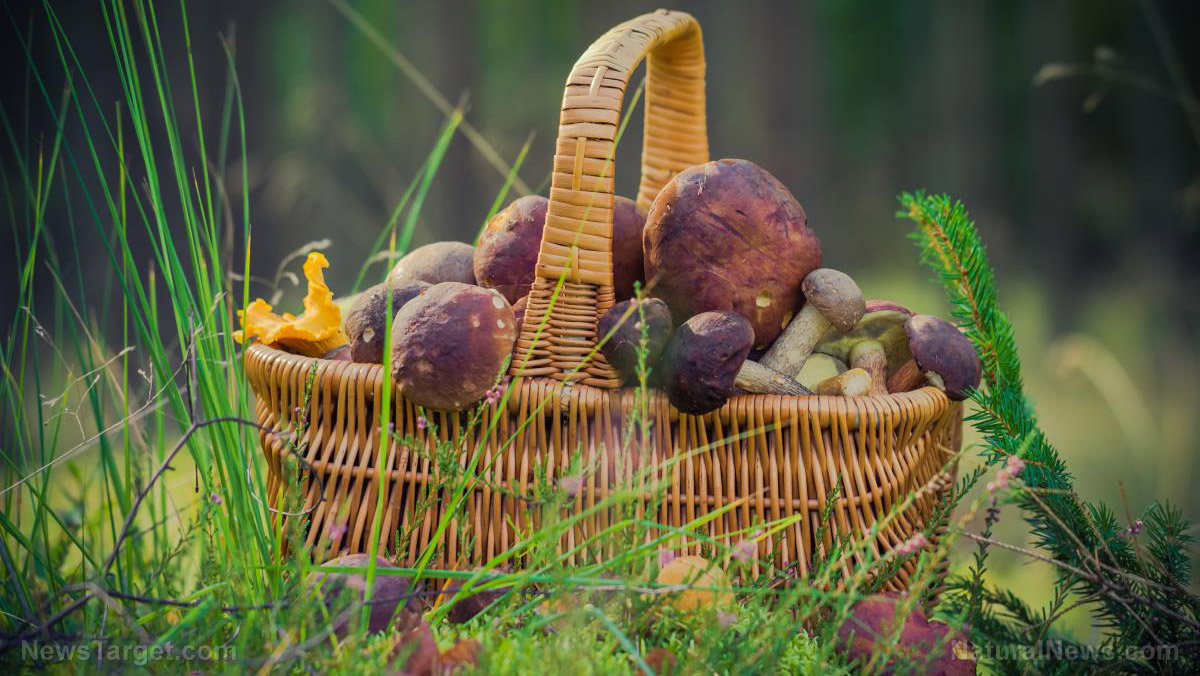
Advertisement
If you’ve been trying to eat more organic foods, then you know that buying organic produce can be quite expensive. The good news is, you can easily grow your own organic foods.
Known as organic gardening, this form of gardening means you won’t use chemical pesticides and fertilizers. But that doesn’t mean your plants will be left to fend for themselves. In organic gardening, there are many tools you can use to ward off pests, nourish the soil and ensure that plants are growing strong and healthy.
If you want to get started on organic gardening, just follow these steps. (h/t to HomesteadSurvivalSite.com)
1. Prep the soil
For a healthy organic garden, you’ll need to start with healthy soil. The most important component in the soil is organic matter, such as manure, peat moss or compost. These are some of the best options because they contain microorganisms that break down dead plant matter. By breaking down this plant matter, the microorganisms release nutrients into the soil that your plants need.
You can create your own compost pile by designating an area or a bin where you can set organic matter aside to decompose. Good things to compost include vegetable peelings, fruit waste, teabags and grass cuttings. These degrade quickly, providing important nitrogen as well as moisture. You can also include egg cartons, paper and fallen leaves in the pile.
It’s also a good idea to check for weeds before planting anything. Weeds can block out sunlight and compete with your plants for nutrients. To reduce weeds, spread a one- to two-inch-thick layer of mulch over the soil. This creates a barrier that prevents weed seeds from getting sunlight and sprouting. Use an organic material like straw or newspaper as mulch so it decomposes and adds beneficial organic matter to the soil.
Take note that if you have rich soil already, you may not need to use compost. Too much of a good thing can make your plants put on too much growth and make them an easy target for pests.
2. Pick the right spot
Most plants need three to six hours of sunlight per day. Therefore, it’s important to choose the right spot for your garden. Observe your lawn or backyard during the day and take note of the spots that get the most sun. Consider starting your garden in any of those spots. Make sure the area also has easy access to water.
3. Choose the right plants
Choosing plants native to your region helps create a healthy, low-maintenance organic garden. Don’t bother growing plants that aren’t suited for the climate that you have to save yourself the trouble.
Look up the plants you want to grow to determine whether they’re suited for your region. If in doubt, try asking the staff at your local garden center for tips and advice.
Don’t forget to plant flowers and herbs as well. These plants attract pollinators and other beneficial insects that will help keep pests away and your plants happy.
4. Prep garden beds
Planting directly on the ground will provide nutrients to your plants. If you don’t have access to a yard, a raised garden bed will do. You’ll just have to put in more work to ensure optimal growing conditions for your plants.
Garden beds also have the benefit of reducing the need to bend or stoop when tending plants. Just keep them small so you don’t have to reach far or step on the soil.
5. Water wisely
The best time to water plants is in the morning because the air tends to be cooler. This means the amount of water lost to evaporation will be reduced. If you water in the afternoon, the sun could burn your plants as water evaporates from their leaves. If you water in the evening, plants stay damp overnight, making them more susceptible to fungal and bacterial diseases.
Ideally, you should water the roots, not the leaves which are prone to damage. Additionally, experts recommend substantial but infrequent watering for grown plants, about one inch of water per week.
6. Keep your garden clean
Many plant diseases spread quickly in dead, fallen leaves. Try walking through your garden each day to pick up dead leaves. You should also regularly check for new weed growth. If left unchecked, weeds can quickly take over your entire garden.
Organic gardening benefits both your health and the environment. Try it today by following the steps above.
Sources:
Advertisements







